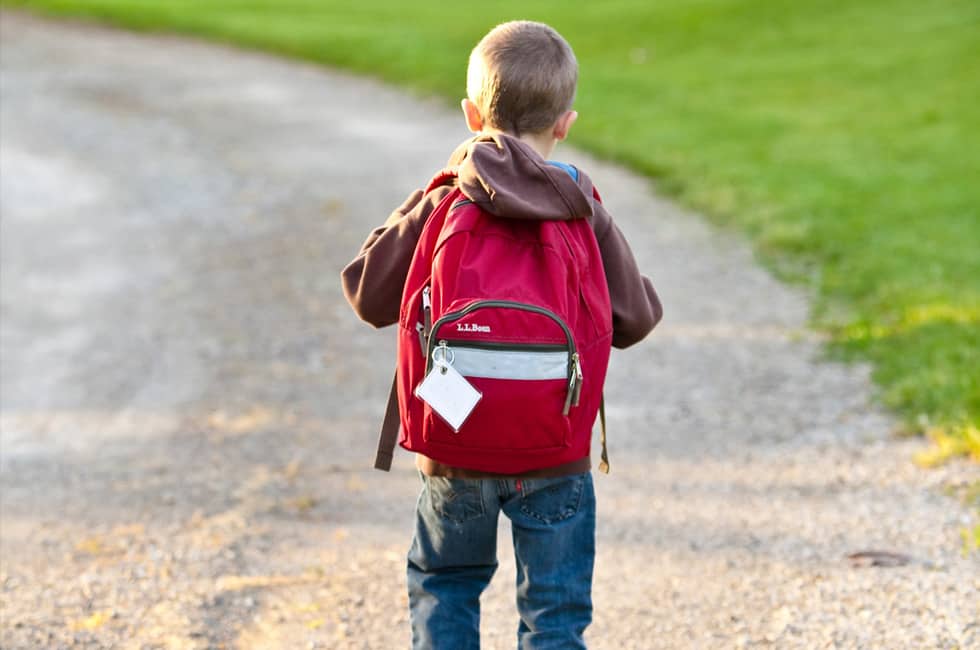Announcements


For many children with sensory sensitivities, ADHD, anxiety, or those with a diagnosed disorder such as Autism Spectrum or Sensory Processing, acclimating to the classroom environment may be challenging. To help ease the transition back to school, Green Chimneys staff has compiled a list of school-friendly sensory tools which may be helpful to your child or a student you know.
Disclaimer: This is not a paid advertisement and links to products are not official endorsements. Many of these items can be found on Amazon.com or where education supplies and sensory tools are sold.
Hand fidget toys provide tactile sensory or proprioceptive input to the hands for improved attention and focus while sitting and performing school work. Beads can also be placed on shoelaces to serve as a fidget toy that can be used discretely. Resistive putty is a great option for those that also are working on improving their hand and grip strength.
Adding weights to a backpack can be a way for your child to feel grounded and receive proprioceptive input in between classes. Other items that can also meet this need are weighted vests, weighted stuffed animals, and weighted sensory lap items.
For some children, sitting still is difficult and moving around on a hard chair can be uncomfortable. Wobble cushions allow kids to sit and wiggle in a sensory-friendly way. Using a yoga ball as a chair can also meet the same sensory needs for your child. Wiggle stools are another great option for rocking and swaying while being seated.
A carpet square can be a useful item in the classroom to have under your child’s individual chair and desk. For those that are sensitive to auditory input, this will allow them to push and pull their chair without any loud or squeaky noises. Noise reducing headphones can also be used for limiting auditory stimulation during times when there is a lot of noise in the classroom.
A visual schedule can be very helpful to provide a reminder of what to expect throughout the school day. These can be created together as a project with your child by allowing them to decorate their schedule and choose a picture to go along with each class period. Once complete, laminate your child’s schedule so that they can tape it to their desk or keep it with them from class to class.

Sometimes pens and pencils can be too thin or hard to hold. Pencil and pen grips are great for helping with fine motor skills and for fidgeting with. Bendy and flexible pencils are items that double both as writing utensils and objects that can be used as a fidget tool. Chewable pencil toppers will provide oral motor input and are a great alternative to having chewed up pen caps! Necklaces are also available that have chewable fidget tools attached to them.
For those that have a low threshold for visual stimuli, pastel highlighters are available that are easier on the eyes and have softer tones of color.
Explore one of several ways Green Chimneys School is supporting students’ sensory needs. More

Crowned the best for falconry in medieval times, gyrfalcons were once reserved for kings. As the largest falcon in the world, with exquisite plumage ranging from bright white to deep charcoal, gyrs are revered for their powerful skill of flight. Their long wings make hunting waterfowl from 3,000-feet-high a feasible and fantastical feat. This falcon was flown in the sport of falconry for several years.